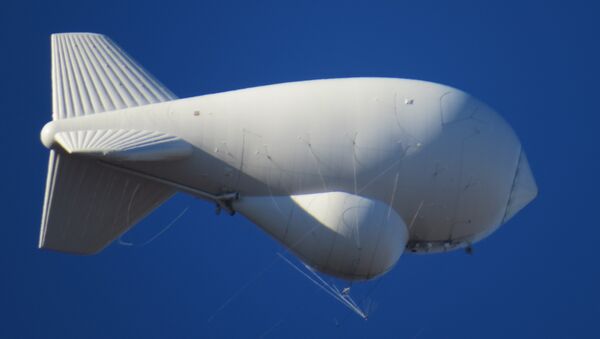Joint Land Attack Cruise Missile Defense Elevated Netted Sensor System, or JLENS, gained notoriety in 2015 when one of the two helium/air mixture dirigibles broke loose from its mooring in Maryland and floated away, dragging its 2000-meter steel tether. Escorted by two F-16 fighters, the drifting blimp short-circuited power lines, cutting electricity for some 21,000 people. The device eventually grounded unceremoniously near a school in Pennsylvania.
After the incident, the program again gained notoriety when, in February 2016, military tests revealed that, due to a critical flaw in the proprietary software the surveillance platform installed on the blimp, aimed at tracking swarming boats, vehicles, or cruise missiles, could not acquire some targets, and repeatedly failed "friend-or-foe" identification, especially when facing multiple targets.
The House Appropriations Committee, the Senate Armed Services Committee, and the House Armed Services Committee made severe cuts in the JLENS $45 million budget. But the Senate Appropriations Committee took the most hardline approach, slashing its budget to zero, effectively burying the program.
Despite the US Army's stated support for the project, JLENS will soon cease operations and, most likely, never float again.



